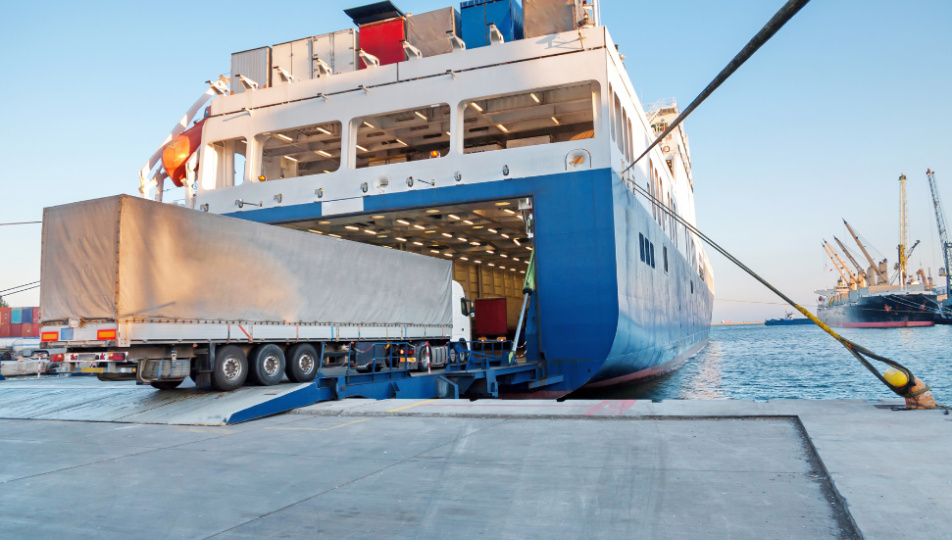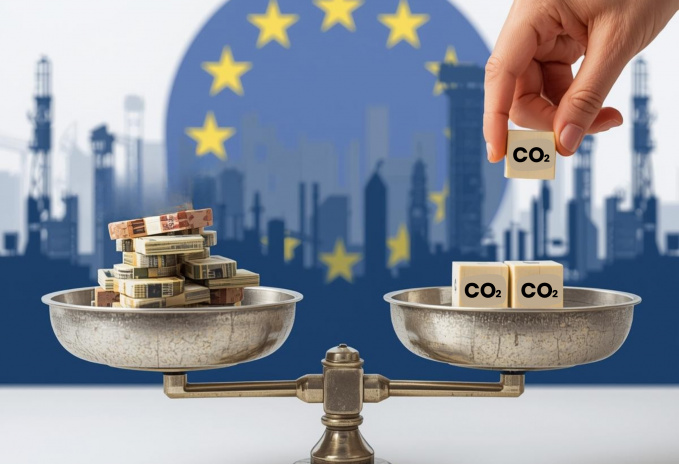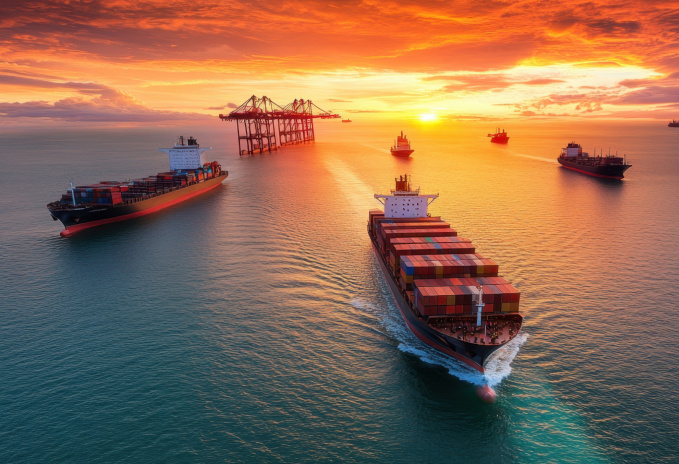Cars versus boats - who's dirtier?

An interesting journalistic evergreen from the world of shipping are articles about how shipping contributes to air pollution.
An interesting journalistic evergreen from the world of shipping are articles about how shipping contributes to air pollution.
Authors of articles often compare the emissions of ships and cars and come to sensational conclusions about how many times more air pollutants a single cargo ship emits per year of operation, or how many hundreds of millions of cars would produce the same amount of emissions as a few of the largest container ships. It should be noted that these sensational articles are mostly published in the automotive sections of newspapers and magazines and use the same and misunderstood data from several older studies circulating on the internet over and over again.
When it comes to ship emissions, it is important to distinguish between the two main groups of pollutants that ships produce: sulphur oxides and particulate matter, and greenhouse gases.
Emissions of sulphur oxides and particulate matter are relatively high for ships compared to other modes of transport. This is because ships' two-stroke turbocharged diesel engines run on fuel oil, which is a waste product of petroleum distillation, and which ships run on for most of their voyages around the world (as opposed to diesel fuel, which ships only run on in certain areas and which powers auxiliary marine engines). Fuel oil contains a high proportion of sulphur and particulate matter, which is then released into the air during combustion. Lighter fractions, such as diesel and petrol, contain only small amounts of these components and what remains is largely captured by catalytic converters and particulate filters. This is why car transport produces so much less sulphur oxides and particulate matter and why it is so attractive to compare ships and cars in this respect.
Sulphur oxides contribute to acid rain, which then devastates the landscape (a familiar sight for us in the Czech border mountains), and particulate matter is often toxic and causes the well-known smog haze (but also romantic evening reds - these are also caused by high levels of particulate matter in the atmosphere). Yes, both of these products of fuel oil combustion are highly undesirable, and shipping has emitted significant amounts of them into the air, especially in less human-impacted ocean areas and port cities.
Overall, shipping accounts for 5-10% of global sulphur oxide production - so there is room for improvement. Fortunately, the shipping industry has been working hard on this for some time. In one of my articles I have already discussed the efforts of IMO and the industry to reduce the contribution of shipping to sulphur and nitrogen oxide emissions by introducing new regulations on the maximum sulphur content of fuel oil (reduction from 3.5% to 0.5%), which came into force on 1 January 2020 and are known by the acronym IMO 2020. In addition, so-called Emission Control Areas have already been declared where the use of high sulphur heavy fuels is banned and in practice this means switching to burning diesel before entering the ECA. These areas include the northern coast of Europe, the coastal waters of the USA and Canada, the Baltic Sea and parts of the harbour waters of the rest of Europe and some Asian countries. Newly, these areas will expand - for example around the coast of Australia and parts of South America. New, more efficient particulate trap filters and scrubbers are also being developed to enable ships to meet emission standards even when using high-sulphur lubricants.
Even after all these efforts to reduce this type of emissions, shipping will still be the largest contributor to air pollution of all the transport modes compared. Heavy high sulphur fuels are still in production and will continue to be used without sufficient filtering in some parts of the world, particularly in offshore shipping. We must also not forget that even if the sulphur content is reduced according to the regulation, these fuels will still produce sulphur oxides during combustion. This problem would be partly solved by a permanent switch to light fuels in shipping, but this would substantially increase operating costs.
The average price differential between low-sulphur fuel oil and diesel fuel is currently about $32 per tonne. The average daily consumption of a handysize bulker is about 21 tonnes of fuel per day, with new large container ships already at 100 tonnes and older ships at 150 tonnes or more. These average consumptions apply to so-called Slow steaming, when ships sail more slowly at lower speeds, when their engines work most efficiently.
When it comes to greenhouse gases, the emissions that have the greatest impact on the much talked about global climate change, the picture is already looking more favourable for shipping compared to other modes of transport. The total contribution of transport to global greenhouse gas production is about 22%.
In the transport sector, passenger cars are the largest CO2 emitters (around 40%), followed by trucks (around 30%). Air and shipping produce just over 10% and trains around 4%. The percentage estimates vary slightly from source to source, but clearly show which type of transport produces the most greenhouse gases. Shipping is also better off in this case compared to air transport, because although their emission shares are almost identical, the volume of cargo transported by sea is considerably higher (63 million tonnes vs. 10.7 billion tonnes).
From this data, cars and ships could not be compared so well, and sensational headlines often result from a misunderstanding of the type of emissions and their impact on the environment. IMO also has big plans to reduce greenhouse gas emissions. In the EEDI article, I have already discussed the so-called IMO 2025 and the new regulations on changes in ship design and operation to reduce greenhouse gas production and the initiative in which the maritime industry has committed to reduce greenhouse gas production by 50% of total production from the 2008 reference year by 2050.
New, more efficient engine types, the use of residual heat on ships, new fuel types and slow steaming are examples of ongoing industry-wide efforts to reduce harmful emissions. Many of these changes do not stem from pure corporate altruism and are a by-product of efforts to reduce the long-term cost of running ships, but in this case we will not look the proverbial gift horse in the mouth and will rejoice in every effort to reduce pollution in the atmosphere and our seas.
Finally, for interest, I attach here the calculated values of the amount of CO2 produced during the transport of a ten-ton shipment from Shanghai to Prague:
Truck: 8,1t
Train: 3.9 t
Airplane: 67.9 t
Vessel (via Hamburg and then by truck): 1.8 t
The weights are calculated as WTW (Well to Wheel) - this means that the CO2 production from the energy source (oil field, power plant) to the power unit is included in the calculated value.
The values were calculated by the online calculator Ecotransit - you can play with it at: https://www.ecotransit.org/calculation.en.html


